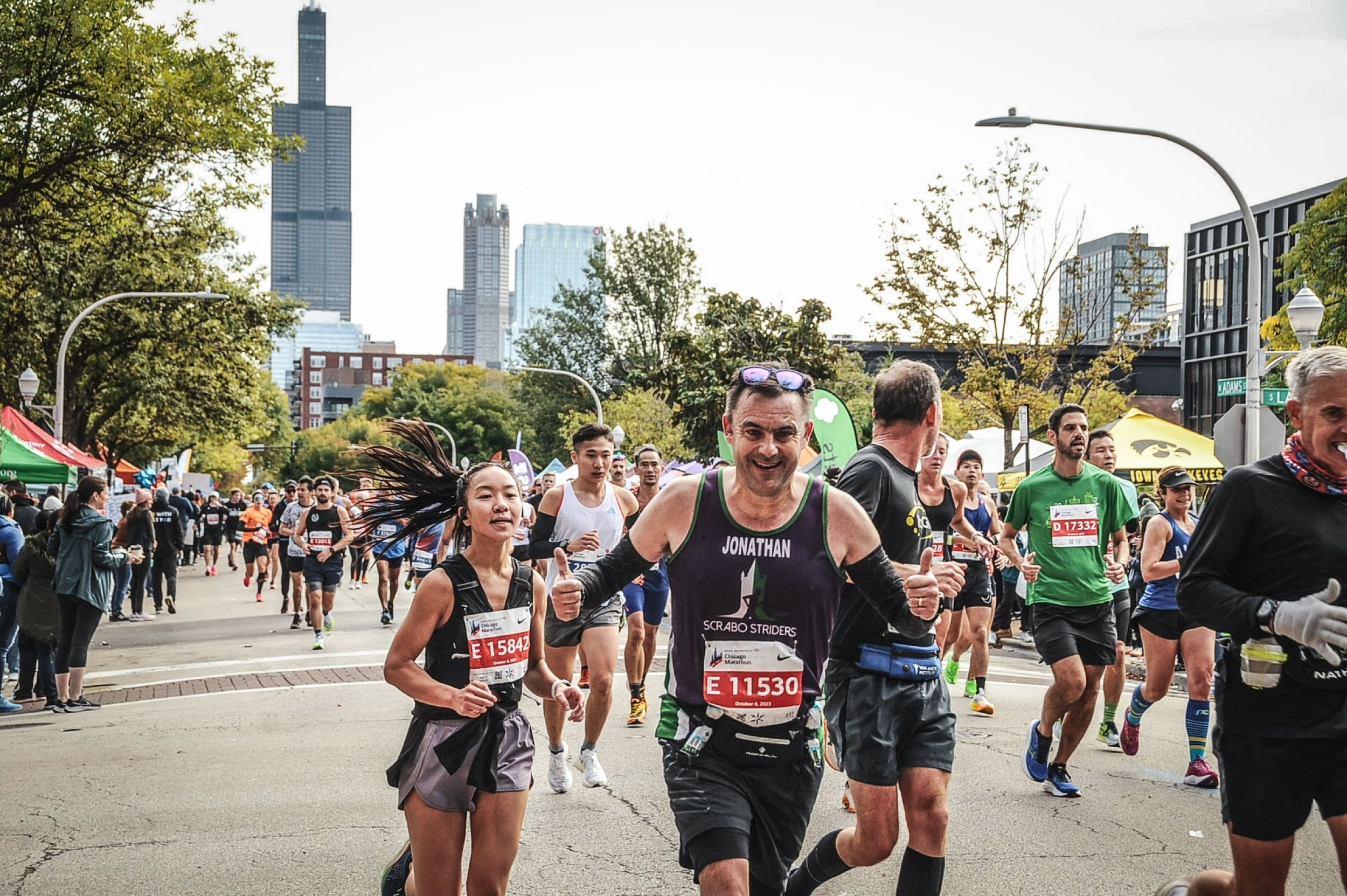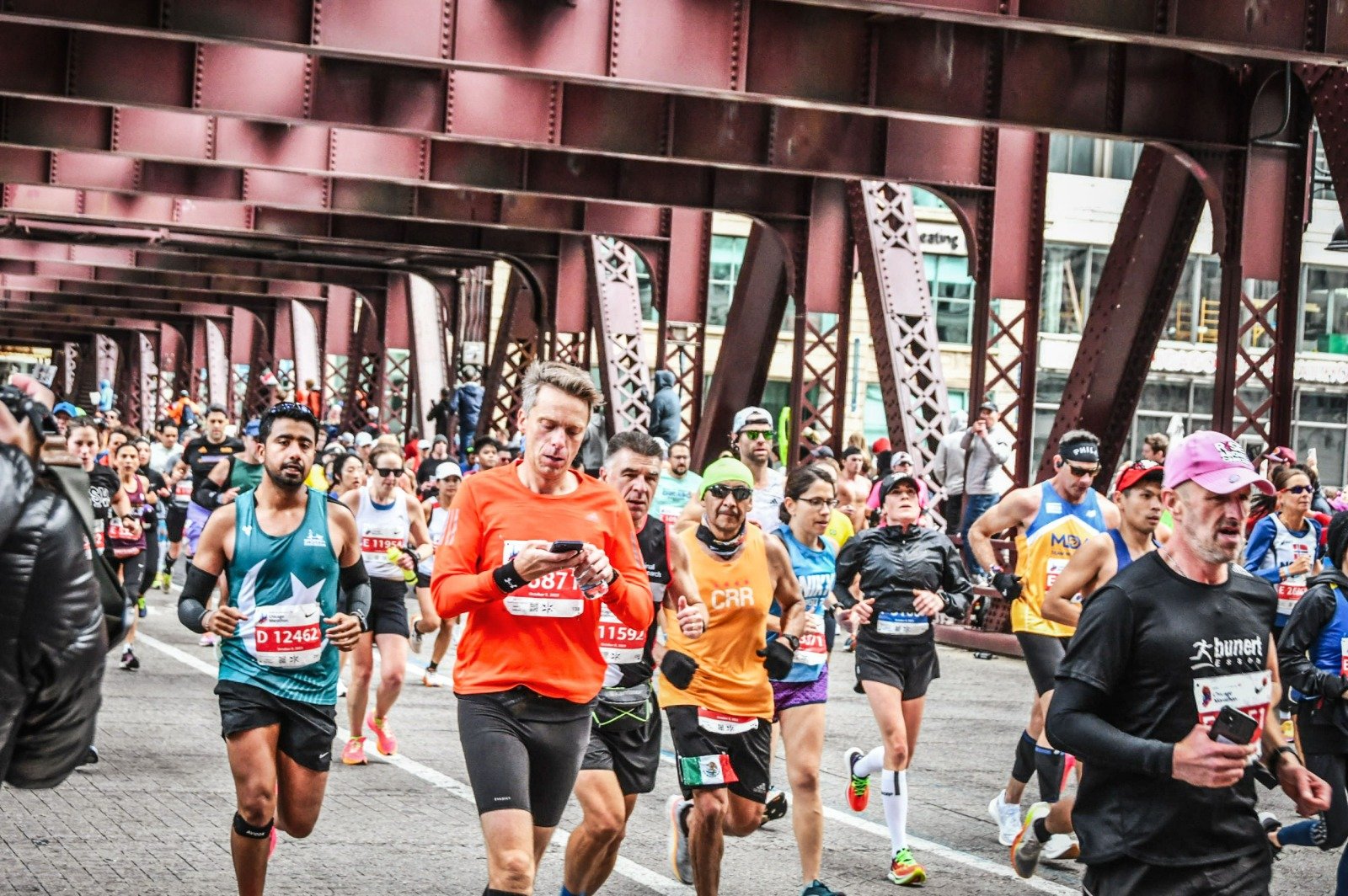Common Knee Injuries From Running: Causes, Prevention & Treatment
Whether you’re a running newcomer or a Abbott World Marathon Majors Six-Star finisher, as you increase the time on your feet, there is a chance an occasional niggle, stress injury might come up. What should you do then?
Contrary to some myths, when done right (like any sport!), you will reap the many benefits, and running does not cause one to get bad knees and injuries. Running is an excellent form of exercise that offers numerous health benefits, from improved cardiovascular health, stress reduction and even the opportunity to be a part of a community of new friends, which is an essential part of maintaining our mental wellbeing. However, the repetitive and high-impact nature of running can sometimes lead to injuries. Today in the first part of our running series, we explore how common knee injuries that can occur and how to prevent them.
Common Knee Injuries in Runners
1. Runner's Knee (Patellofemoral Pain Syndrome)
Runner's knee is one of the most prevalent knee injuries among runners. It is characterized by pain around or behind the kneecap (patella) and is often caused by the misalignment of the patella as it moves along the groove in the thigh bone (femur). Overuse, muscle imbalances, or poor running form can contribute to this condition.
2. Iliotibial Band Syndrome (ITBS)
ITBS is an overuse injury that affects the iliotibial band, a thick band of connective tissue that runs from the hip down to the knee. Runners with ITBS typically experience pain on the outer side of the knee. This injury is often attributed to tightness in the iliotibial band, which can result from factors like running on uneven surfaces or sudden increases in training intensity.
3. Patellar Tendinitis (Jumper's Knee)
Jumper's knee is an injury that causes pain just below the kneecap, where the patellar tendon attaches to the shinbone. This condition is often the result of overuse and repetitive stress on the patellar tendon, common in runners who increase their mileage or intensity too quickly. Read more…
4. Meniscus Tears
The meniscus is a C-shaped cartilage in the knee joint that acts as a cushion and shock absorber. Tears in the meniscus can occur due to sudden twisting movements, which can be common in trail running or changing directions quickly during a run. Meniscus tears can cause pain, swelling, and limited mobility. Read more…
5. Anterior Cruciate Ligament (ACL) Injuries
ACL injuries are less common but can occur during running, especially in sports like trail running or obstacle course racing, where there is a higher risk of sudden changes in direction or landing awkwardly. This can happen when running on uneven surfaces, be it road or trail running. ACL injuries can be painful and often require surgical intervention. Read more…
Prevention and Treatment
Prevention: Proper Footwear: Invest in quality running shoes that provide adequate support and cushioning for your running style. Dr Wang recommends you visit speciality running stores and speak to a professional to help you find shoes that meets your specific needs. Increasingly, speciality running stores (see some suggested stores), sports physiotherapists and podiatrists are able to offer good advice on finding the right pair for your needs regardless of your experience in running.
Gradual Progression: Avoid overtraining and increase your mileage and intensity gradually to allow your body to adapt. A good rule of thumb is not increasing your mileage by more than 10-15% on a weekly basis. If you are preparing for longer distance events like a half or full marathon, do reduce your weekly mileage every 3-4 weeks in what is known as ‘cut-back’ weeks. By reducing your mileage by 20-30% (E.g from 40km a week to 32km a week), it gives you a mental break on top of the physical benefits of reducing the odds of overuse injuries like the above conditions, it gives your body time to recover from the cumulative effort you have put in the weeks before.
Strength and Flexibility: Incorporate strength training and stretching exercises to maintain muscle balance and joint flexibility. This will strengthen your muscles and joints while reducing chances of injuries. This often-neglected aspect helps runners to improve their performances by improving neuromuscular coordination and power, positively impacting one’s running economy by improving coordination and how efficient your body moves. Work with a strength and conditioning or sports physio professional with knowledge of what your sport needs, this will help you address any pre-existing imbalances and weaknesses and increase your resilience against injuries.
Proper Running Form: Work on your running technique and ensure your foot strikes the ground beneath your hips to reduce the risk of injury. We recommend you consider working with a run coach or join running communities who have coaches or experienced runners that might be able to guide you if you are new to running.
Rest and Recovery: Allow your body time to rest and recover, especially after intense or long runs. As one of the greatest marathon runners Eliud Kichoge shares, rest is just as important part of training as the runs and workouts you do.
Googling what to do if your knee is injured? Leave that uncertainty to your trusted medical partner.
Knee injuries are a common concern for runners, and they can often be prevented with proper training, footwear, and attention to form. If an injury does occur, early intervention and rehabilitation all come together to play a role towards speedy recovery. Beacon Orthopaedic’s team of medical professionals work closely with athletes of all abilities to take this worry out of your training and this have proven to help our patients avoid making mistakes that can occur from trying to self-diagnose and taking on the risk of being out of action for an even longer time.
Remember to listen to your body, prioritise rest and recovery, and if you encounter an issue, reach out to us to help you get a professional diagnosis and treatment plan. With the right precautions, you can continue to enjoy the many benefits of running while minimising the risk of knee injuries.


